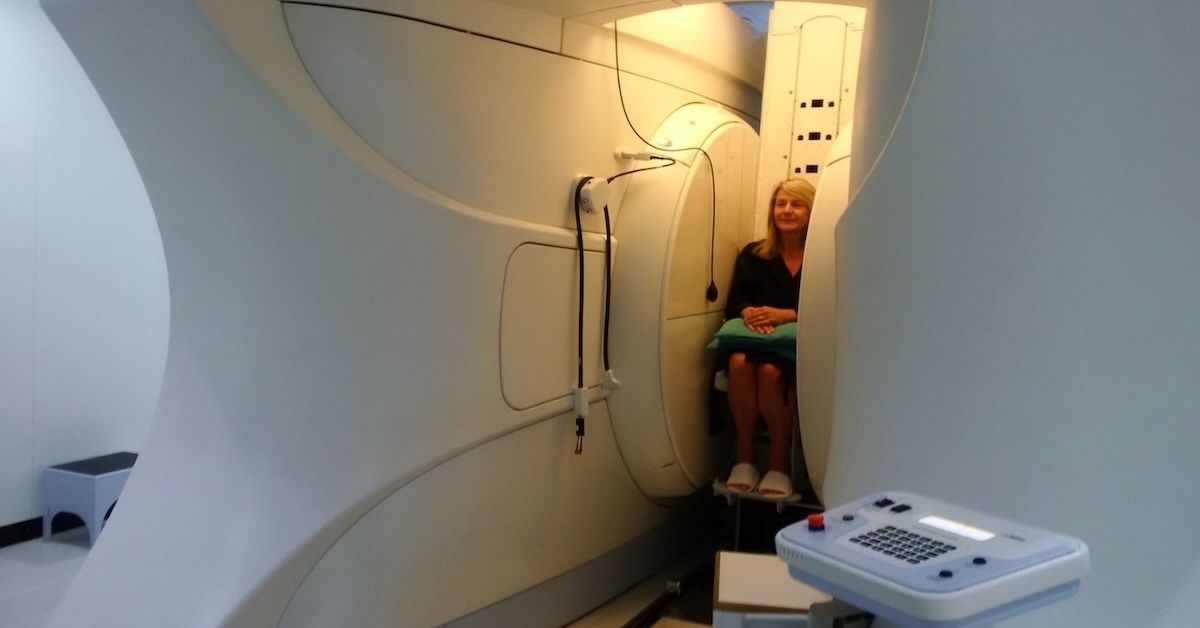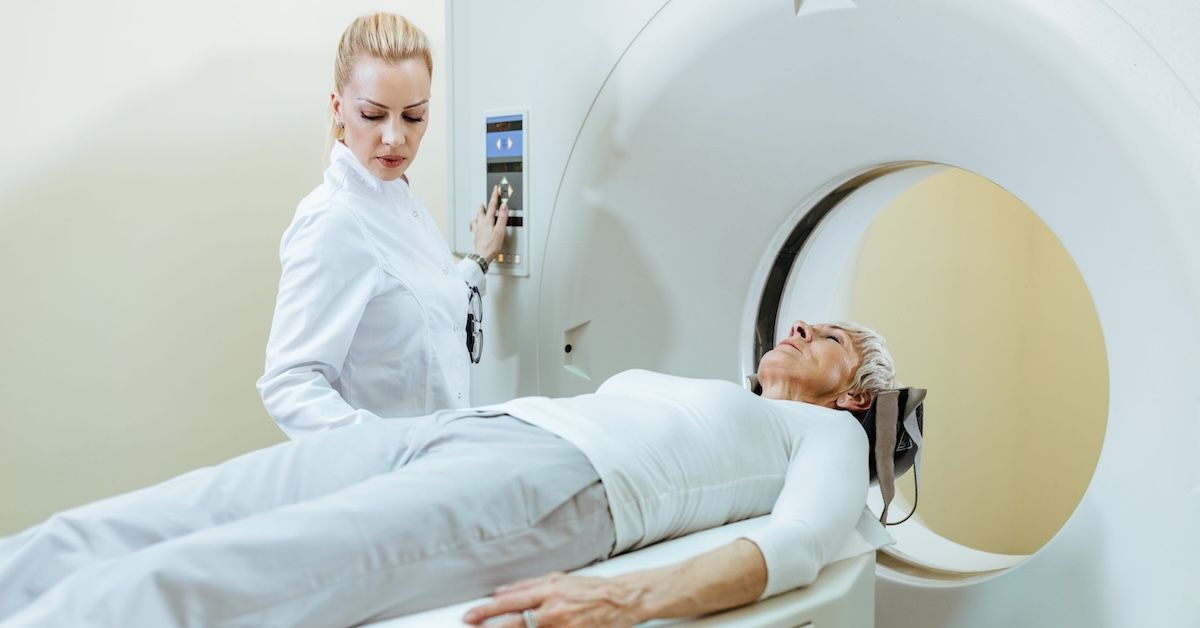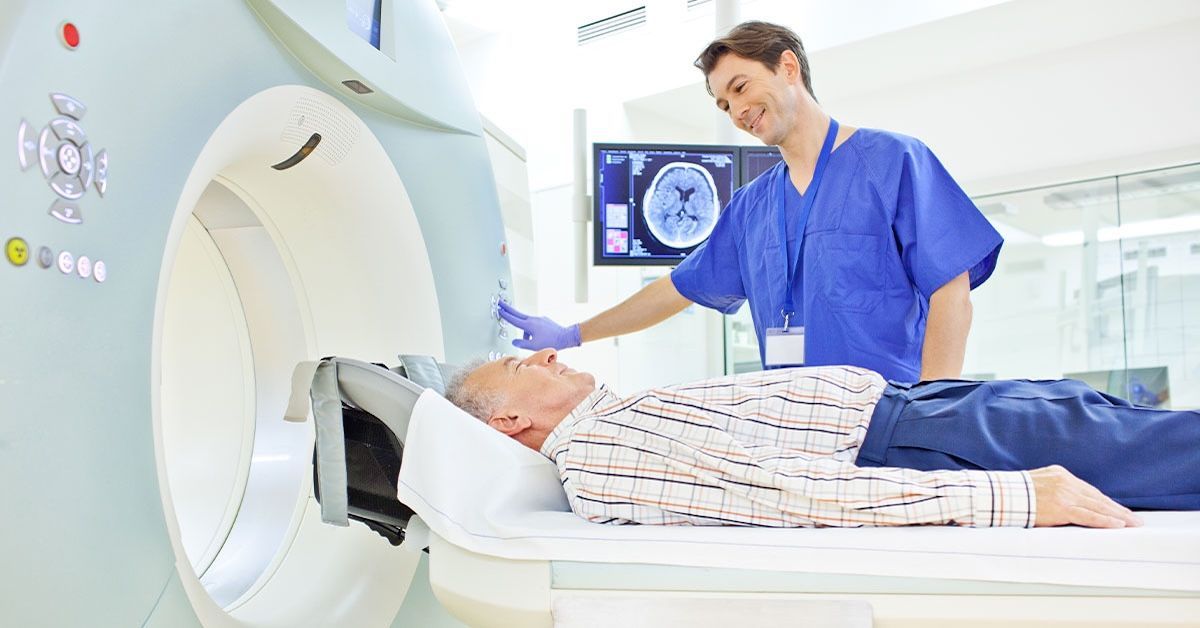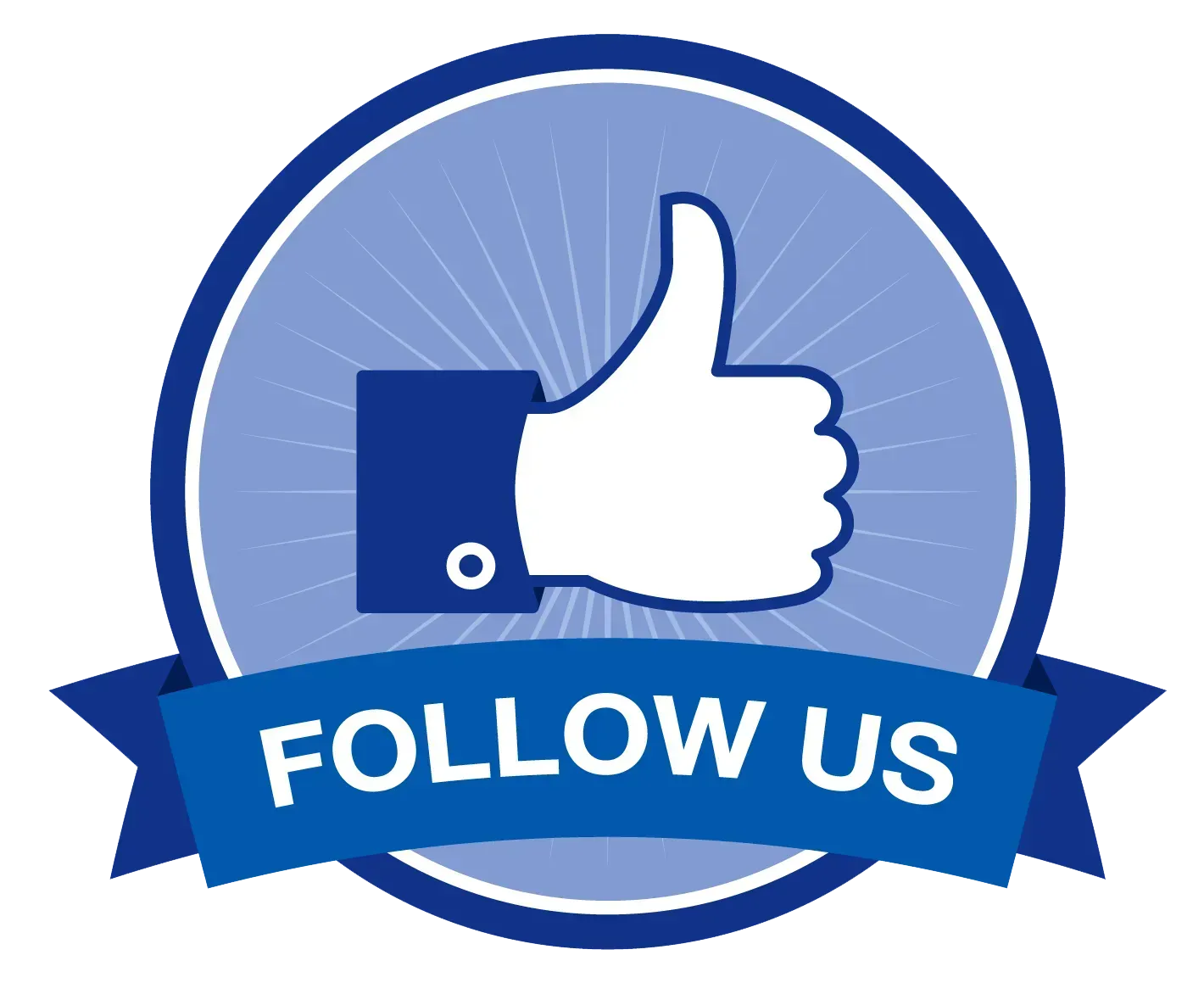UPRIGHT MRI BLOG
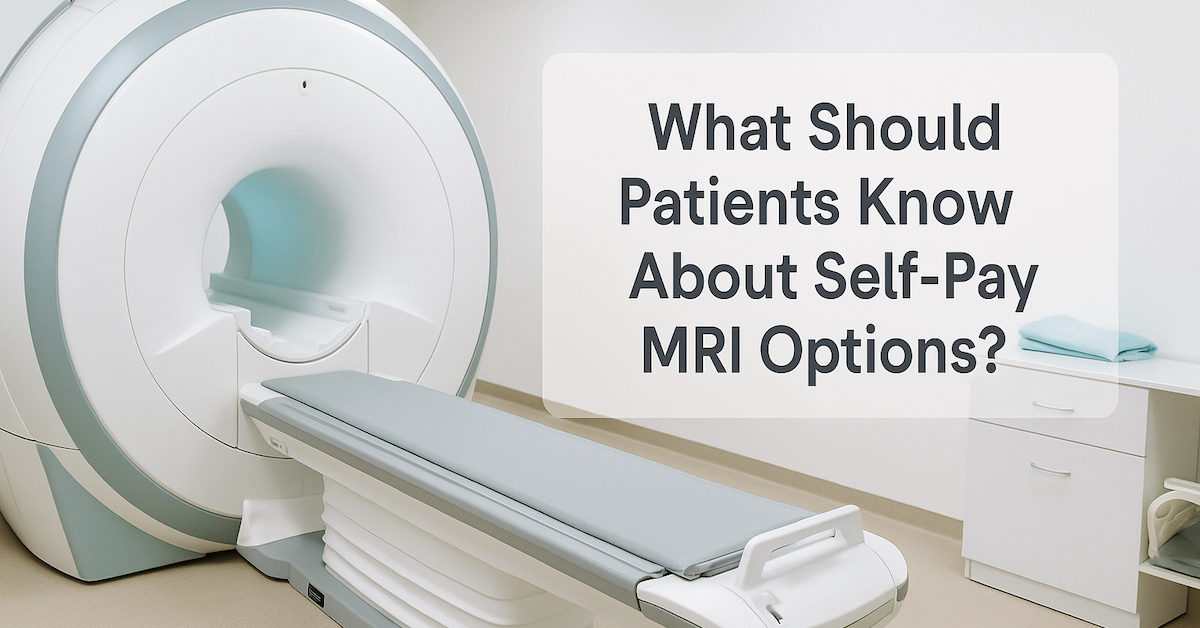
MRI scans are one of the most effective tools for diagnosing injuries, monitoring conditions, and guiding treatment plans. While insurance often covers imaging, many patients are surprised by high deductibles, prior authorization delays, or limited provider choices. That’s where self-pay MRI comes in . By paying directly for the scan, patients can often save money, schedule faster, and gain more control over where they go for imaging. This article explains what self-pay MRI means, why people choose it, how much it costs, and how to decide if it’s right for you.

Shoulder pain can disrupt everyday activities, from lifting groceries to reaching overhead. For many people, figuring out the cause of that pain is the first step toward proper treatment. While traditional MRI scans have been a standard tool for diagnosing shoulder injuries, they are not always perfect. Upright MRI technology offers a different approach, one that can sometimes reveal problems traditional methods might miss. This article explores how upright MRI works, what makes it unique, and why it may provide clearer answers for shoulder conditions.





